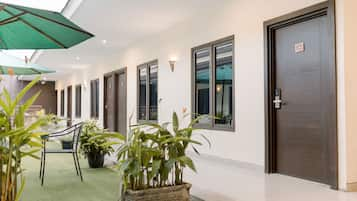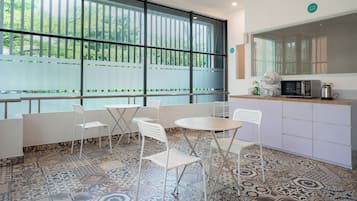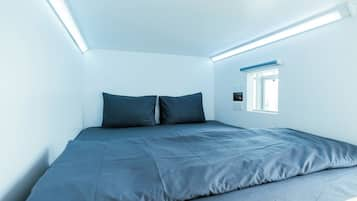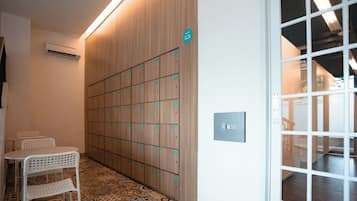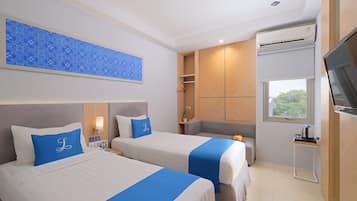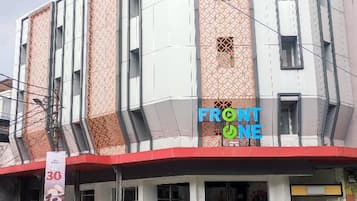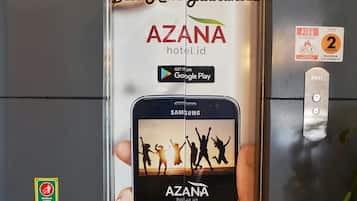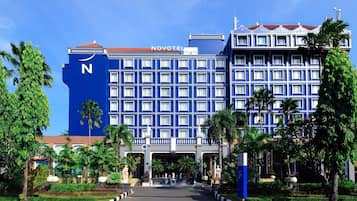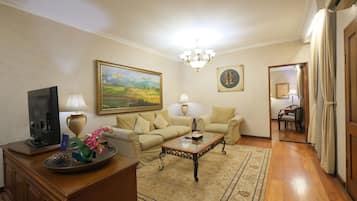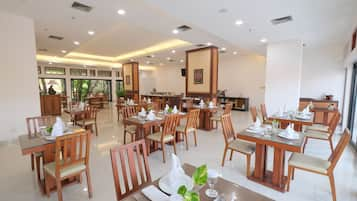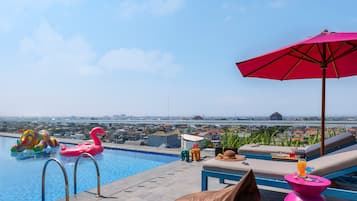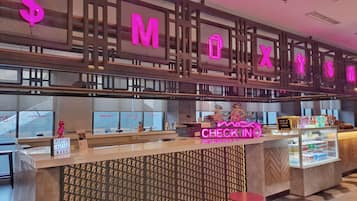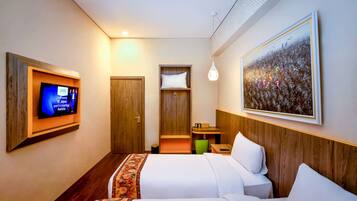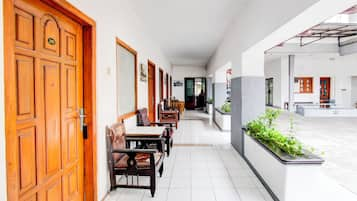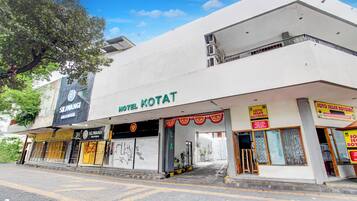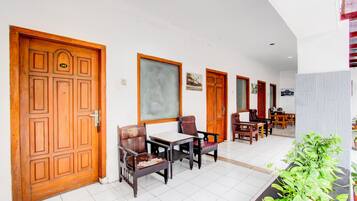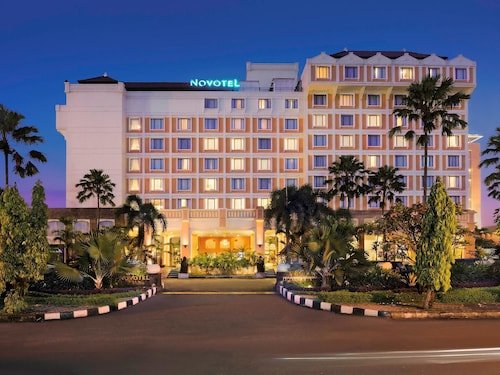Photo by Sharrie Shaw
Find Historic Hotels in Solo City Centre
- Change your mindBook hotels with free cancellation
- Be pickySearch almost a million properties worldwide
Check availability on Solo City Centre Historic Hotels
Top Solo City Centre Historic Hotels

Grand Sahman Hotel
Solo City Centre
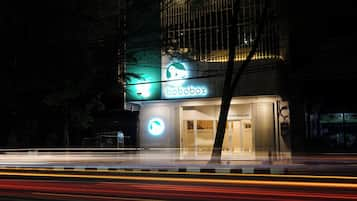
Bobopod Slamet Riyadi Solo
Solo City Centre
The price is ¥1,535
¥1,867 total
includes taxes & fees
Nov 16 - Nov 17
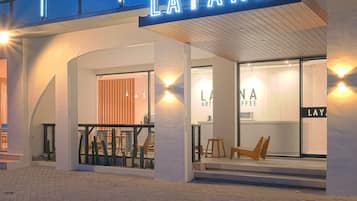
Horison Inn Laksana Solo
Solo City Centre
6.8 out of 10, (6)

Front One Budget Hotel Slamet Riyadi Solo
Solo City Centre

Novotel Solo
Solo City Centre
8.2 out of 10, Very Good, (113)
The price is ¥5,526
¥6,687 total
includes taxes & fees
Dec 1 - Dec 2
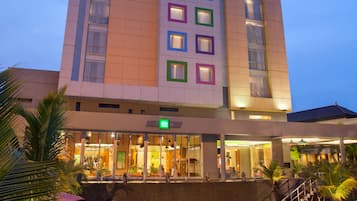
ibis Styles Solo
Solo City Centre
8.2 out of 10, Very Good, (102)
The price is ¥3,640
¥4,404 total
includes taxes & fees
Nov 30 - Dec 1

GRAND ORCHID HOTEL SOLO
Solo City Centre
The price is ¥2,747
¥3,339 total
includes taxes & fees
Nov 17 - Nov 18
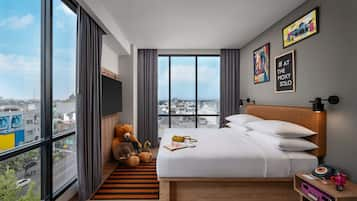
Moxy Solo
Banjarsari
9.2 out of 10, Wonderful, (7)
The price is ¥5,546
¥6,711 total
includes taxes & fees
Nov 22 - Nov 23
Lowest nightly price found within the past 24 hours based on a 1 night stay for 2 adults. Prices and availability subject to change. Additional terms may apply.
Top Solo City Centre Hotel Reviews
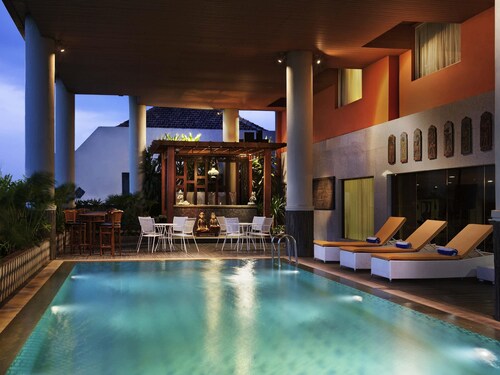
The Royal Surakarta Heritage - Handwritten Collection
6/10 Okay
Explore a world of travel with Expedia
More Hotel Options in Solo City Centre
More Accommodation Types in Solo City Centre
Hotels near popular Surakarta Attractions
Explore more hotels
- Solo Paragon Hotel & Residences
- Horison Inn Laksana Solo
- Rumah Turi Eco Hotel
- Grand Sahman Hotel
- Pose in Solo by Wstay
- De Solo Boutique Hotel
- Hotel O Solo near Stasiun Solo Balapan formerly Hotel Trihadhi
- Alila Solo, Java
- Moxy Solo
- Swiss-Belhotel Solo
- The Sunan Hotel Solo
- Zigna Kampung Batik
- Lorin Syariah Hotel Solo
- Tjokro Hotel Klaten
- Swiss-Belinn Saripetojo Solo
- HARRIS Hotel & Conventions Solo
- Diamond Hotel Solo
More ways to book
Expedia's Latest Trends
Hotels
- Ryokans
- The Farm at San Benito
- 1/3rd Residence Serviced Apartments Shibuya-Yoyogi
- Eastern And Oriental Hotel
- Hotels near Musashi-Koganei Station
- RIHGA Royal Hotel Kokura
- G-stays Shinjuku
- The HO Hotel
- Hotel Shion no umi
- TMS Hotel Da Nang Beach
- Hotel MyStays Oita
- Sheraton Grand Hiroshima Hotel
- Hotels near Los Angeles Intl.
- JOALI Maldives
Flights
Activities
![At the museum no photos are allowed which is really unfortunate as it was well worth the visit and the guided tour is definitely not to be missed. In the museum there are even Batik made from the Dutch era which depicts stories like Little Red Riding Hood and Snow White!
I enjoyed the tour v much and at the end of the tour we were brought to this room where the artisan were working on hand drawn batik.
Below is an excerpt from Wikipedia for anyone interested in learning more about the process of batik making.
Firstly, a cloth is washed, soaked and beaten with a large mallet. Patterns are drawn with pencil and later redrawn using hot wax, usually made from a mixture of paraffin or bees wax, sometimes mixed with plant resins, which functions as a dye-resist. The wax can be applied with a variety of tools. A pen-like instrument called a canting (IPA: [tʃantiŋ], sometimes spelled with old Dutch orthography tjanting) is the most common. A canting is made from a small copper reservoir with a spout on a wooden handle. The reservoir holds the resist which flows through the spout, creating dots and lines as it moves. For larger patterns, a stiff brush may be used. Alternatively, a copper block stamp called a cap (IPA: [tʃap]; old spelling tjap) is used to cover large areas more efficiently.
After the cloth is dry, the resist is removed by scraping or boiling the cloth. The areas treated with resist keep their original color; when the resist is removed the contrast between the dyed and undyed areas forms the pattern. This process is repeated as many times as the number of colors desired.
The most traditional type of batik, called batik tulis (written batik), is drawn using only the canting. The cloth need to be drawn on both sides and dipped in a dye bath three to four times. The whole process may take up to a year; it yields considerably finer patterns than stamped batik.
Source: Wikipedia](https://images.trvl-media.com/place/6224808/26fd1460-c65a-4c1a-9444-7a893e883ac9.jpg?impolicy=fcrop&w=1200&h=500&q=medium)
